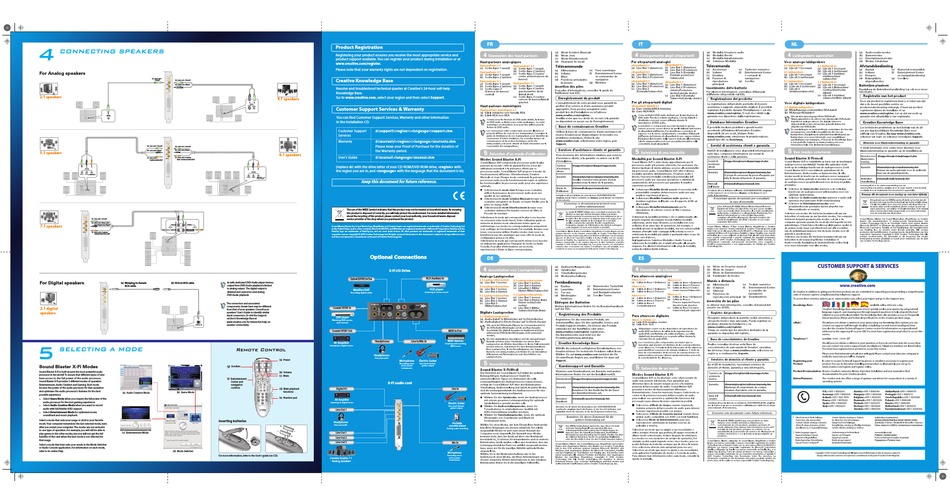

In the mid 1990s, the firm's ventures into the CD-ROM market proved to be unsuccessful. Wavetable MIDI was added with the 16-bit Sound Blaster AWE32 and AWE64 with 32 and 64 voices. Monaural Sound Blaster cards were introduced in 1989, and stereo cards followed in 1992 (Sound Blaster Pro). This continued until the 2000s when OEM PCs began to be built with sound boards integrated directly onto the motherboard, and the Sound Blaster found itself reduced to a niche product. The card soon became a de facto standard for sound cards in PCs for many years, mostly by the fact that it was the first to bundle what is now considered to be a part of a sound card system: digital audio, on-board music synthesizer, MIDI interface and a joystick port. The firm's Sound Blaster sound card was among the first dedicated audio processing cards to be made widely available to the general consumer. The firm used aggressive marketing strategies, from calling the card a "stereo" component (only the C/MS chips were capable of stereo, not the complete product) to calling the sound producing micro-controller a "DSP" (for "digital sound processor"), hoping to associate the product with a digital signal processor (the DSP could encode/decode ADPCM realtime, but otherwise had no other DSP-like qualities). Learning from this, Creative produced the first Sound Blaster, which included the prior CM/S hardware but also incorporated the Yamaha YM3812 chip (also known as OPL2) that was found on the AdLib card, as well as adding a component for playing and recording digital samples. The card was, however, unsuccessful and lost to AdLib. Sim personally went from Singapore to Silicon Valley and managed to get RadioShack's Tandy division to market the product.
#Creative sound blaster software awe64 inspire 5.1 5100 generator
In 1987, they released a 12-voice sound generator sound card for the IBM PC architecture, the Creative Music System (C/MS), featuring two Philips SAA1099 chips. The success of this audio interface led to the development of a standalone sound card. A part of this design included enhanced audio capabilities, so that the device could produce speech and melodies. Later, they started creating customized PCs adapted in Chinese. The firm began as a computer repair shop, where Sim Wong Hoo developed an add-on memory board for the Apple II computer. Please help by spinning off or relocating any relevant information, and removing excessive detail that may be against Wikipedia's inclusion policy. This section may contain an excessive amount of intricate detail that may only interest a specific audience.


 0 kommentar(er)
0 kommentar(er)
